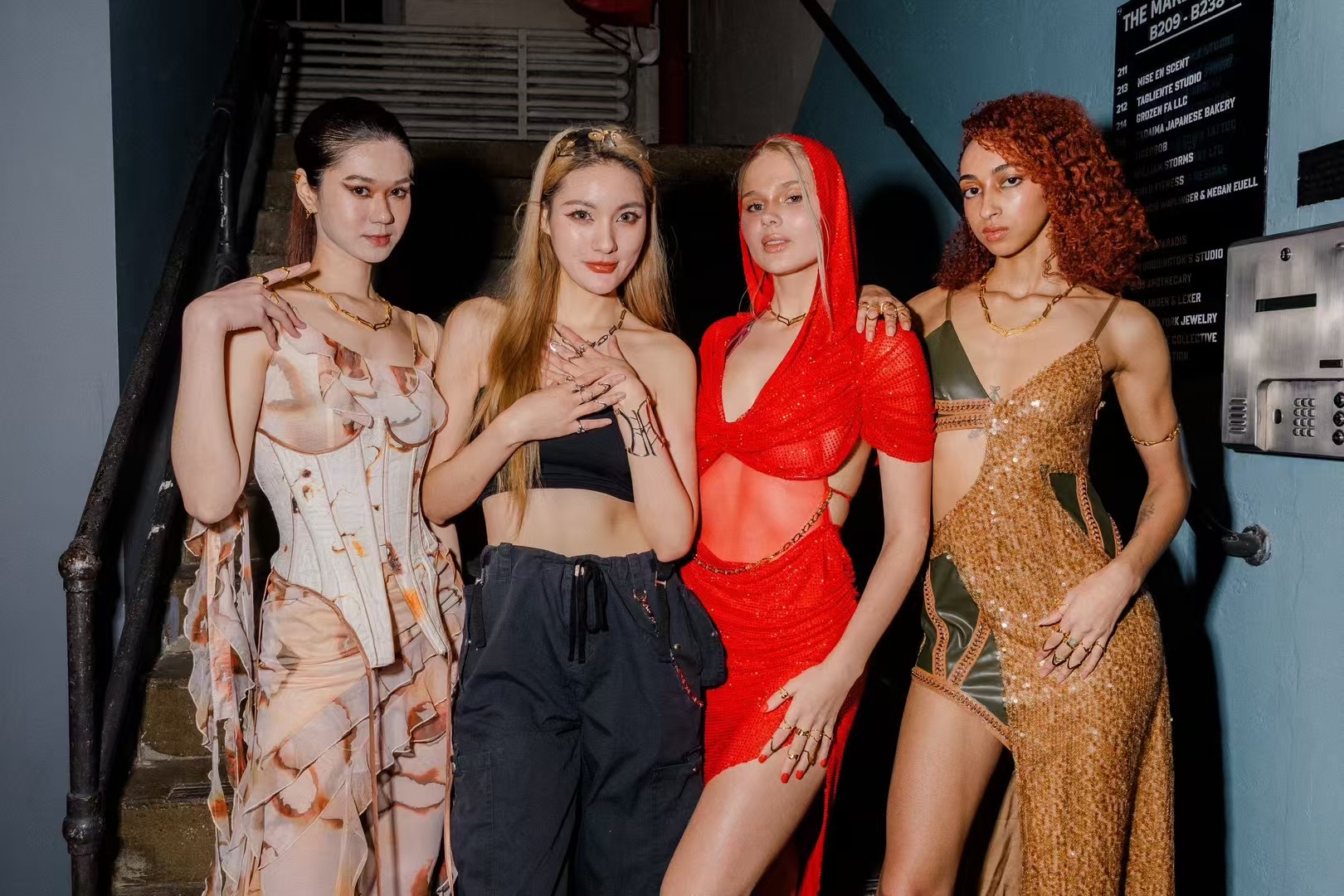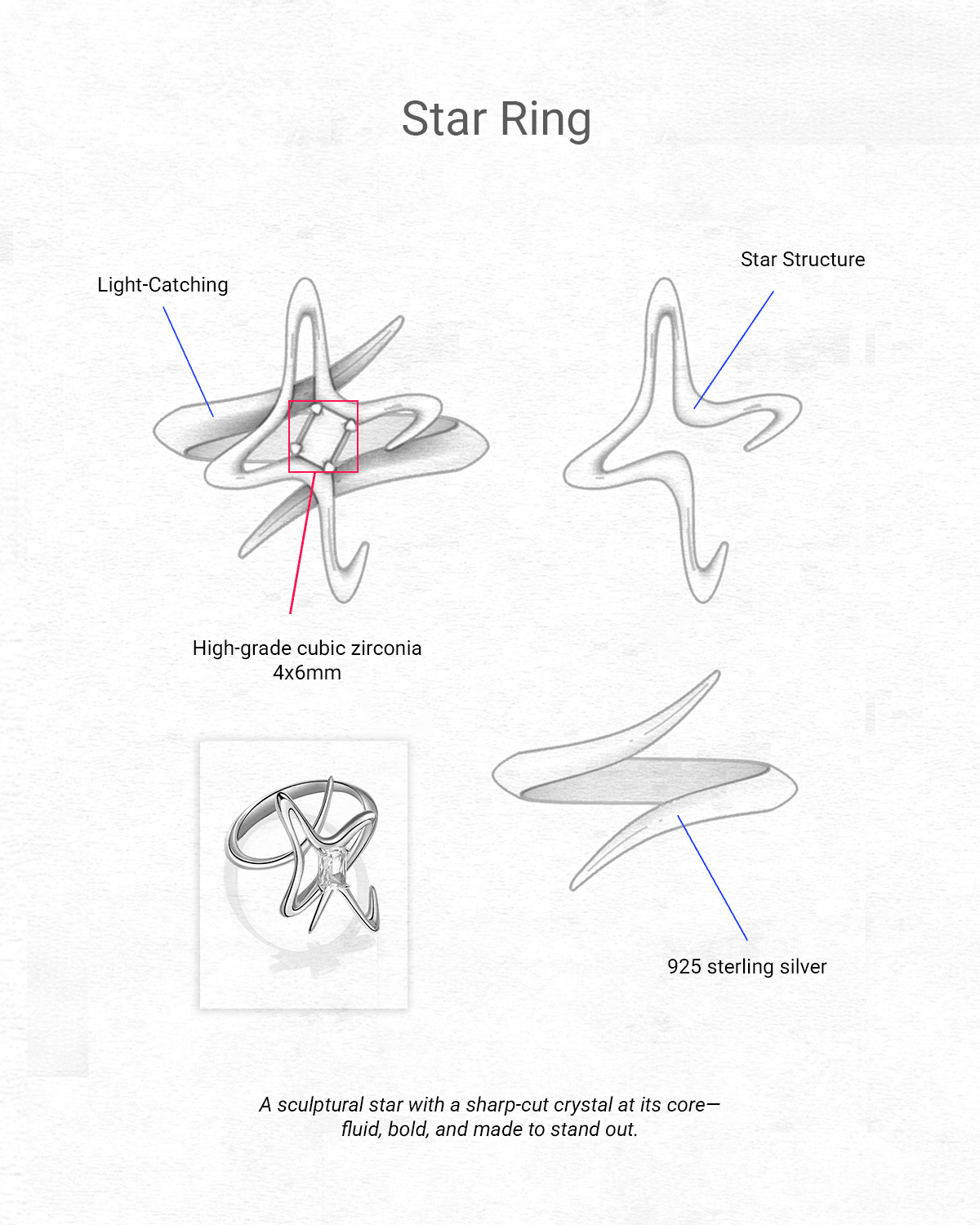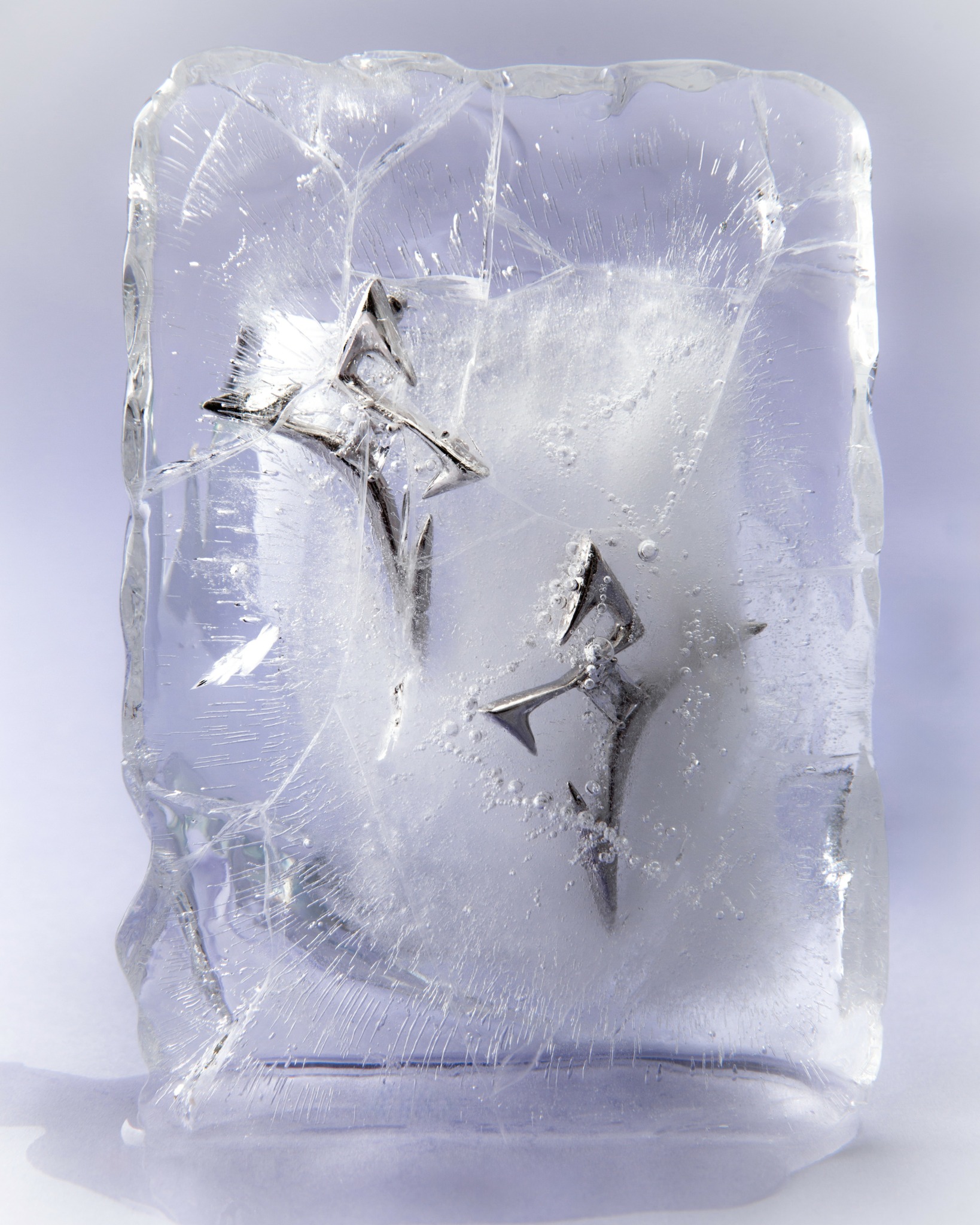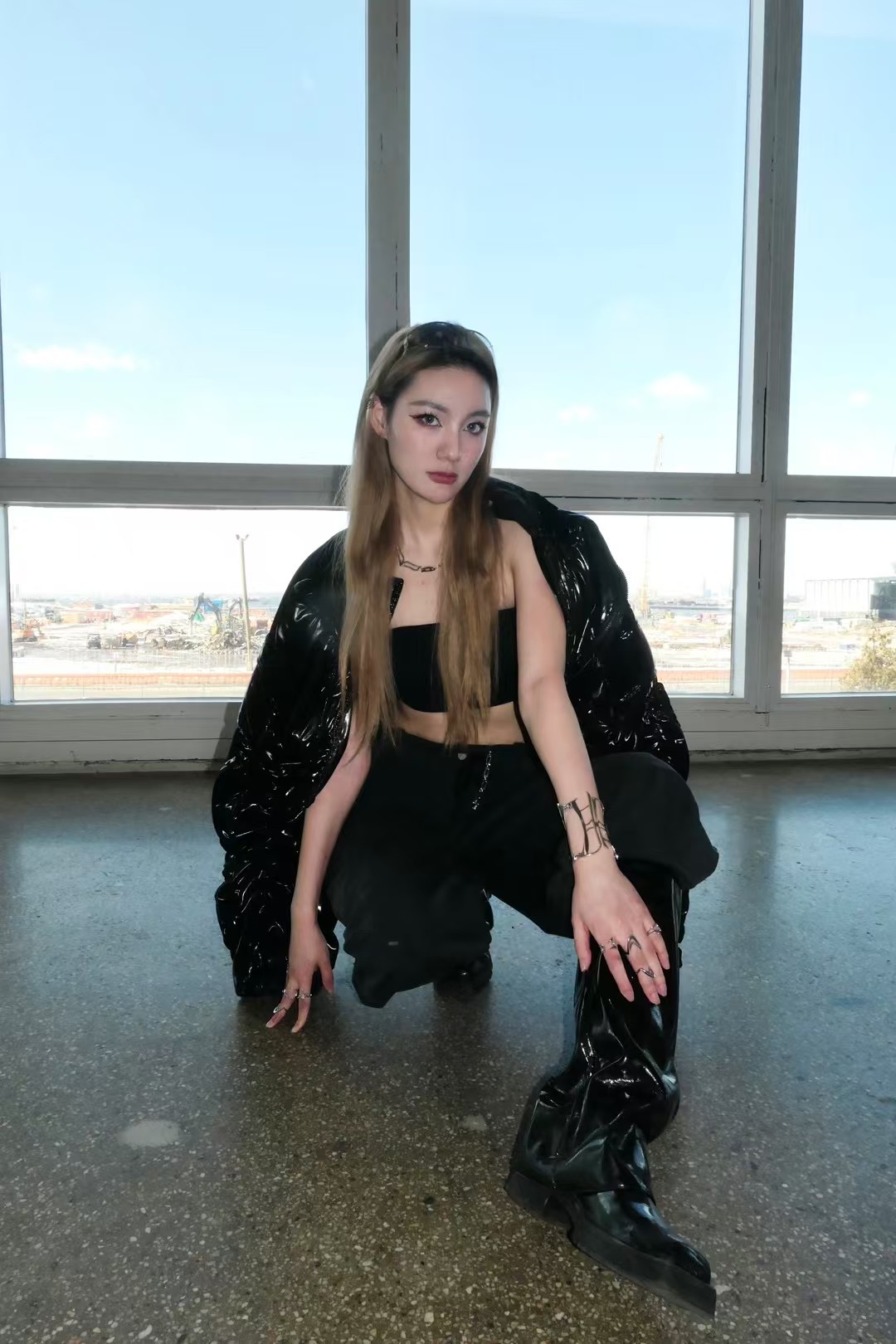We recently connected with Su Li and have shared our conversation below.
Su, thanks for taking the time to share your stories with us today So, naming is such a challenge. How did you come up with the name of your brand?
The name Outsider Artist was born from a feeling.
It came from the quiet defiance of not quite fitting in—whether in fashion, in life, or in the roles we’re expected to play. I’ve always been drawn to people who feel a little different, who see beauty in unconventional things, and who create from a place that doesn’t seek validation. That’s where the term “outsider artist” originally came from in the art world—artists who operated outside traditional systems, creating raw, emotional work driven by instinct, not approval.
I realized that’s who I wanted to design for. People who are creative at heart—even if they work in structured, rational worlds. People who express themselves in subtle, powerful ways. People who live life as an act of art.
So Outsider Artist isn’t just a name. It’s a statement:
That you don’t need to belong to express your soul.
That every person is an artist, even if their canvas is just what they wear each day.
That beauty lives at the edge of expectation.
This brand is for those who feel too much, dream too big, and don’t always follow the script.
It’s wearable rebellion. Elegant resistance. Emotional armor.
It’s art—for the outsider in all of us.
Su, before we move on to more of these sorts of questions, can you take some time to bring our readers up to speed on you and what you do?
Outsider Artist (OA) is a jewelry brand I created in New York, rooted in the belief that you don’t need formal training, industry recognition, or a spotlight to be considered an artist. I believe that everyone who lives with intention—who feels deeply, expresses honestly, and turns their daily life into something meaningful—is already an artist in their own right.
That’s the philosophy behind the name Outsider Artist. It’s a tribute to all those who treat life itself as a form of art, even if the world doesn’t always recognize it as such. Our jewelry is designed to reflect that same spirit—bold, emotional, and deeply personal.
I didn’t come from a traditional jewelry design background. I’m self-taught, driven by passion and a desire to give form to the emotions and reflections I experience in daily life. For me, creating jewelry is about translating a feeling into something tangible—something you can wear and connect with. I hope each piece speaks to your emotions the way it does to mine.
Many of the designs are multi-dimensional or modular—pieces you can wear in different ways, combine freely, or style to reflect your mood. This flexibility isn’t just a stylistic choice—it’s at the heart of OA’s philosophy: jewelry isn’t just decoration; it’s an emotional extension, a visible expression of individuality. Each way of wearing a piece becomes its own narrative, its own truth.
We work with 925 sterling silver to craft unisex, futuristic forms—sculptural, architectural, and always intentional. Our debut collection, Symbiosis, explores the tension and harmony between emotion and technology, structure and softness.
What sets OA apart is the emotional resonance we strive to create. The greatest compliment is when someone says a piece made them feel—understood, seen, or simply more themselves. That’s the magic we hope to offer.
To anyone discovering OA, I’d say this: our jewelry isn’t about status or perfection. It’s about honoring who you are—your complexity, your creativity, your soul. You are already the artist of your own life—and OA is simply here to reflect that back to you.
Let’s talk about resilience next – do you have a story you can share with us?
There was a point in my journey with Outsider Artist when things felt truly heavy — not just mentally, but physically. After launching the brand, I made the decision to upgrade all our products to 925 sterling silver. It was a bold move that reflected my values, but it also created financial pressure and endless logistical challenges. I struggled constantly with pricing, margins, and whether people would still support us.
But what I didn’t expect was how hard it would hit me personally. The stress, sleepless nights, and isolation of running a brand alone took a toll on my health. I developed guttate psoriasis — a visible, painful skin condition triggered by stress and low immunity. As a creative working in the fashion industry, it felt especially devastating. I didn’t want to go out, I avoided social settings, and I fell into a dark place for a while.
Ironically, that solitude gave me space to reflect. While my body was healing, I also started thinking deeply about what kind of energy I wanted my jewelry to carry. If it could give me a sense of comfort and quiet strength, maybe it could do the same for others. That’s when I began experimenting with natural gemstones — stones that hold emotional and energetic meaning — and started designing a new series grounded in healing and expression.
Running a brand from scratch is unbelievably hard. But what keeps me going is the emotional connection people share with the pieces. I once received a DM from a customer saying she didn’t just love the design — she felt it. She said wearing OA made her feel like her soul was seen.
To me, resilience is not loud. It’s choosing to keep creating, even when you feel broken. It’s trusting that what you make can hold space for both beauty and pain — and that maybe, that’s what makes it powerful.
Do you have any insights you can share related to maintaining high team morale?
As a founder in an early-stage startup, learning how to build and manage a strong team has been one of the most important — and humbling — lessons for me.
What I’ve learned so far is that clarity is everything. In a small team without a dedicated HR department, I realized that I needed to fully understand each role myself in order to set realistic expectations and KPIs for others. That meant constantly learning, asking questions, and being hands-on in every aspect — from design and production to content and operations.
At the same time, I’ve learned that trust is a key part of leadership. I believe that great ideas don’t just come from the top down. It’s through open collaboration, brainstorming, and valuing each team member’s input that we’re able to push things forward and grow faster — not just by following my vision, but by shaping it together.
So my advice would be: define roles clearly, stay close to the process, and build a culture where people feel safe to contribute. That’s where morale and momentum come from — when people feel ownership, not just responsibility.
Contact Info:
- Website: www.outsiderartist.us
- Instagram: outsiderartistofficial
- Facebook: outsiderartistofficial




Image Credits
Outsider Artist


